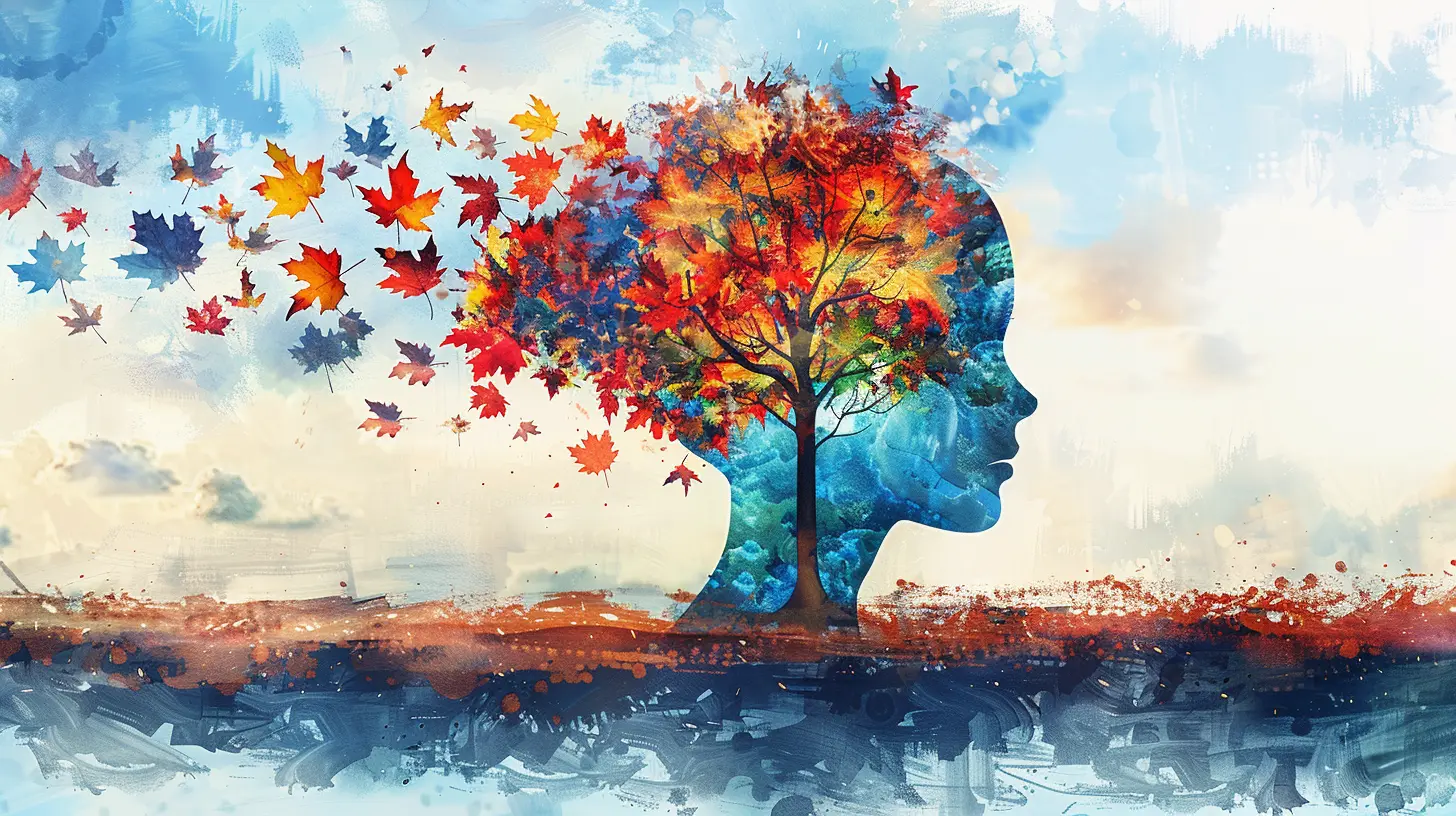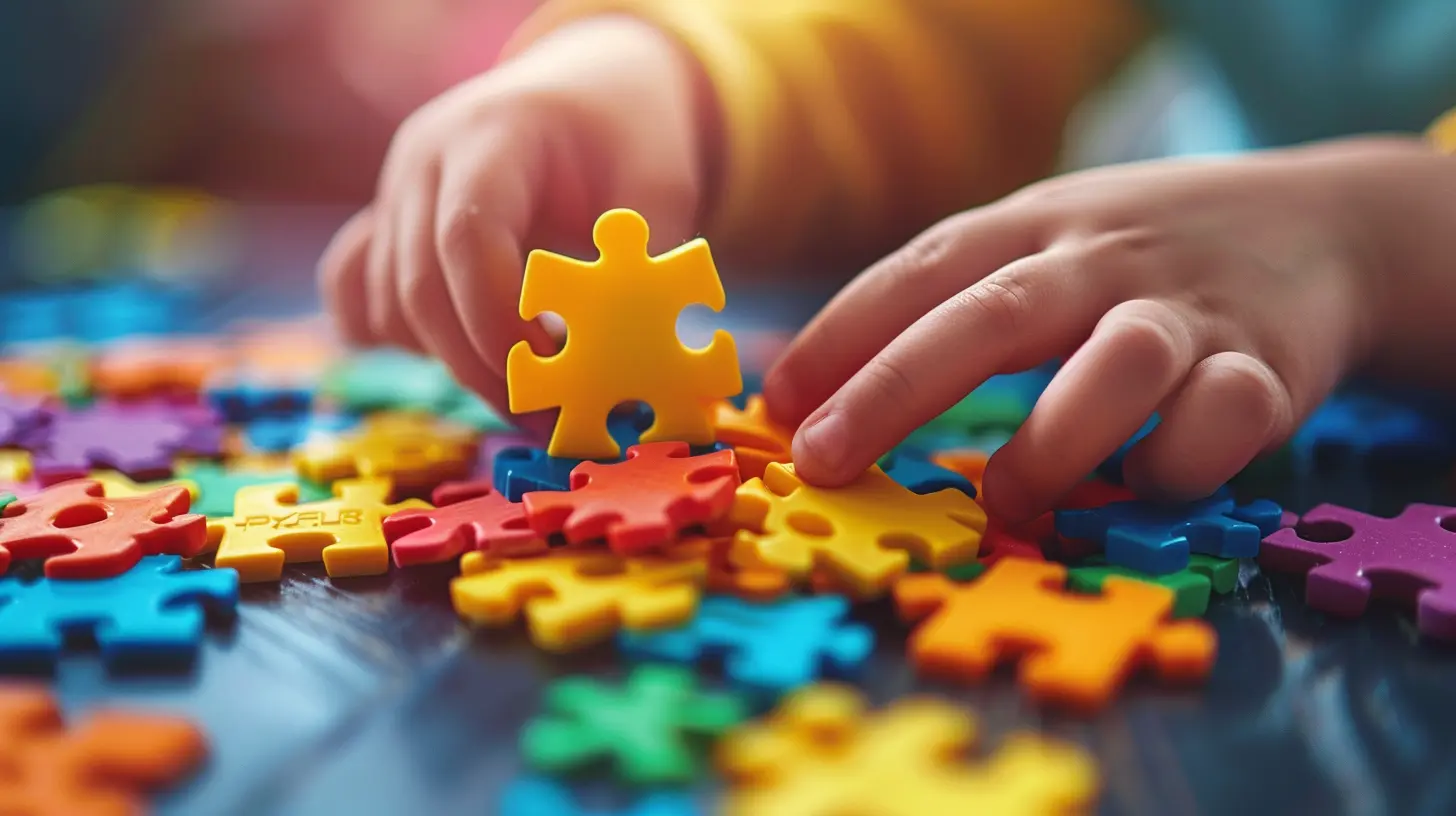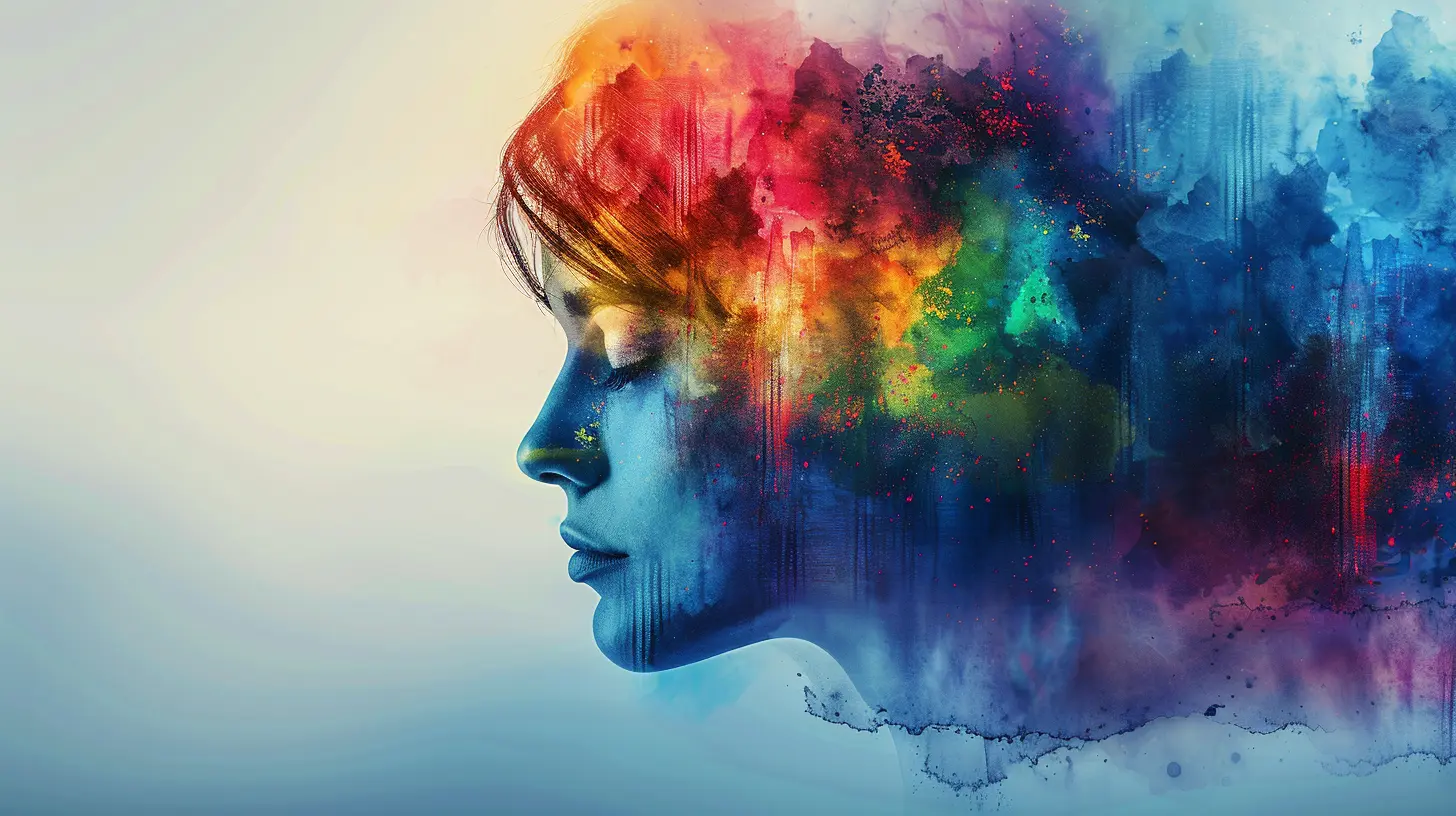Understanding Autism Through the Lens of Neurodiversity
8 November 2025
Autism. A single word that holds infinite meanings, stories, and experiences. Yet, for so long, it’s been framed through a narrow lens—more often viewed as a “disorder” needing to be fixed, rather than a unique way of thinking, feeling, and experiencing the world. But what if we flipped the script? What if instead of focusing on what makes autistic individuals “different,” we started appreciating their differences as part of the rich tapestry of human diversity?
That’s where the concept of neurodiversity comes in. If you’ve never heard of it before, don’t worry—you’re not alone. But stick with me, and we’ll unpack what it really means, how it reshapes our understanding of autism, and why it absolutely matters.

What Is Neurodiversity, Anyway?
Let’s start with the basics.Neurodiversity is a term that challenges the idea that there’s only one "right" way for the human brain to work. It suggests that neurological differences—like autism, ADHD, dyslexia, and others—are natural variations in how people think and process the world. Kind of like how we all have different eye colors, skin tones, or personalities.
The term was coined by Australian sociologist Judy Singer in the late 1990s. Her goal? To move the conversation away from deficits and disorders, and toward diversity and inclusion. In simple terms: neurodiversity sees brain differences as variations, not problems.
So, when we look at autism through this lens, we’re not focusing on what’s “wrong” with autistic individuals. Instead, we’re appreciating the full range of human minds—and how every one of them has something unique and valuable to offer.

Moving Beyond Stereotypes
Here’s something worth thinking about: when you hear “autism,” what pops into your head?Maybe it’s scenes from TV shows or movies—like the hyper-logical genius who struggles with social interaction. Or maybe it’s the idea that all autistic people are non-verbal, or always have meltdowns, or can’t form relationships.
But here’s the truth: autism exists on a spectrum. That means it looks different from person to person. One autistic individual might love socializing while another prefers solitude. One might struggle with loud noises, while another has an uncanny ability to notice patterns or details most of us miss.
So, lumping all autistic people into one box? Not only is it inaccurate, but it also does a disservice to the individuality of each person.
When we understand autism through the lens of neurodiversity, we throw out the stereotypes and start seeing people for who they really are.

Autism as a Different Way of Being
Imagine you’ve been plopped onto a foreign planet. The culture, the language, the customs—they’re all completely different from what you’re used to. You’re trying your best to fit in, but people keep looking at you like you’re doing everything “wrong.”That’s how many autistic individuals feel within a neurotypical (non-autistic) society.
But here’s the kicker: they’re not broken. They’re just wired differently.
Autism isn’t a disease. It doesn’t need “curing.” It’s a neurological variation—yes, it can come with challenges, but also with strengths. For instance, many autistic individuals have incredible focus, heightened sensory experiences, deep honesty, and unique problem-solving abilities.
Does that sound like a deficit to you? Or does it sound like part of the beautiful diversity of the human experience?

The Importance of Acceptance Over "Fixing"
Let’s get one thing straight: acceptance is not the same as tolerance.Tolerance says, “I’ll put up with you even though you’re different.”
Acceptance says, “I see you. I value you. I want to understand you.”
Too often, society tries to “fix” autistic individuals—teaching them how to mask their behaviors, mimic neurotypical communication styles, and suppress their natural inclinations. But that can be exhausting, even harmful. Imagine being told every day that your natural way of being is wrong or inconvenient. Not exactly great for anyone’s mental health, right?
When we frame autism through neurodiversity, we emphasize empowerment, not correction. We shift from trying to change autistic individuals to changing society so that it’s more inclusive and accommodating.
It’s not about lowering the bar. It’s about leveling the playing field.
Real-Life Strengths That Come With Autism
Let’s flip the narrative and talk about some of the incredible strengths that often come with autism (yes, you heard that right—strengths!).1. Hyperfocus
When someone on the spectrum is passionate about something, they can dive into it with a level of focus that’s almost superhero-like. Whether it’s math, music, coding, or collecting facts about ancient civilizations, autistic individuals often go all-in.2. Sensory Awareness
Sure, heightened sensitivity to sound, touch, or light can be overwhelming. But it can also mean seeing the world with stunning clarity. Many autistic people notice details others miss. They might find deep joy in simple sensory pleasures—a particular texture, a pattern in nature, the sound of rainfall.3. Honest Communication
Let’s be real—a world with more honesty wouldn’t be such a bad thing. Many autistic individuals speak their minds with directness and sincerity. No sugarcoating, no hidden agendas. That kind of communication? It’s refreshing.4. Unique Problem-Solving Skills
Autistic brains often approach problems from different angles. They might spot connections that others overlook or approach challenges in unconventional (but effective) ways. This kind of thinking is a goldmine in fields like science, art, and technology.
The Role of Society: Inclusion Isn’t Optional
Here’s a thought: maybe the problem isn’t autism—it’s the lack of understanding and accommodation from the world around autistic individuals.Think about it. If a person uses a wheelchair, we don’t say they're "disordered." We recognize that the environment needs to be accessible—ramps, elevators, accessible bathrooms.
The same logic should apply to neurological differences. If the world isn’t built for diverse minds, maybe the world needs to change.
Inclusive classrooms, sensory-friendly public spaces, workplaces that value different communication styles—these aren’t just nice-to-haves. They’re essential for a truly inclusive society.
Language Matters—A Lot
Ever heard the phrase “person with autism” versus “autistic person”? It might sound like semantics, but language shapes perception.Many in the autistic community prefer identity-first language (“autistic person”) rather than person-first language (“person with autism”). Why? Because autism isn’t something external—it’s a part of who they are.
It’s like saying “a tall person” instead of “a person with tallness.” Makes sense, right?
Of course, preferences vary—and the best approach is always to ask. But being mindful of language is a small step that makes a big difference.
Listening to Autistic Voices
If you take one thing away from this article, let it be this: autistic people are the experts on their own experiences.Yet too often, conversations about autism are dominated by researchers, teachers, or parents—well-meaning, sure, but not living the experience firsthand.
To truly understand autism through the lens of neurodiversity, we need to center the voices of autistic individuals. Read their blogs. Watch their videos. Listen to their stories. Give them the microphone.
They don’t need us to speak for them. They just need us to listen.
A Note on Diagnosis and Self-Discovery
Let’s talk real life for a second.Many adults are getting diagnosed with autism later in life. For some, it’s a lightbulb moment—“Ah, so that’s why I’ve always felt different.” For others, it can be emotional. Grieving the years spent without understanding themselves fully.
Whether someone gets a clinical diagnosis or identifies as self-diagnosed, their journey is valid. Autism isn’t a badge of shame—it’s a key to self-understanding, community, and self-acceptance.
Parenting Through the Lens of Neurodiversity
If you’re a parent of an autistic child, this part’s just for you.You’re probably juggling advice from specialists, therapists, educators—you name it. It’s a lot.
But here’s a gentle reminder: your child isn’t broken. They don’t need fixing. What they need is love, support, and the freedom to be themselves.
Instead of trying to mold your child to fit society’s expectations, how about nurturing the gifts they already have? Celebrate their wins, however small. Create safe, sensory-friendly spaces. Encourage their passions—even if they're into the same topic for months on end.
And most importantly? Listen to them. Really listen. Because your child’s voice matters more than anyone else’s.
So, Where Do We Go From Here?
Understanding autism through the lens of neurodiversity is more than just a mindset. It’s a movement. One that pushes us to reimagine what “normal” means, to challenge outdated systems, and to create a world where everyone—regardless of how their brain works—feels valued, respected, and included.It’s not always an easy shift. It asks us to unlearn, to question, to grow.
But trust me—when we start seeing neurodiversity not as a problem to be solved but as a part of human diversity to be celebrated, we all benefit.
To all the autistic folks out there: you don’t have to change who you are to be accepted. The world needs what you bring to the table.
And to everyone else: lean in, stay curious, and let’s keep the conversation going.
all images in this post were generated using AI tools
Category:
AutismAuthor:

Paulina Sanders
Discussion
rate this article
1 comments
Sophia Graham
Unlocking minds, embracing unique pathways.
November 22, 2025 at 5:26 AM

Paulina Sanders
Thank you! Embracing unique pathways is essential for appreciating the diverse experiences of individuals with autism.


